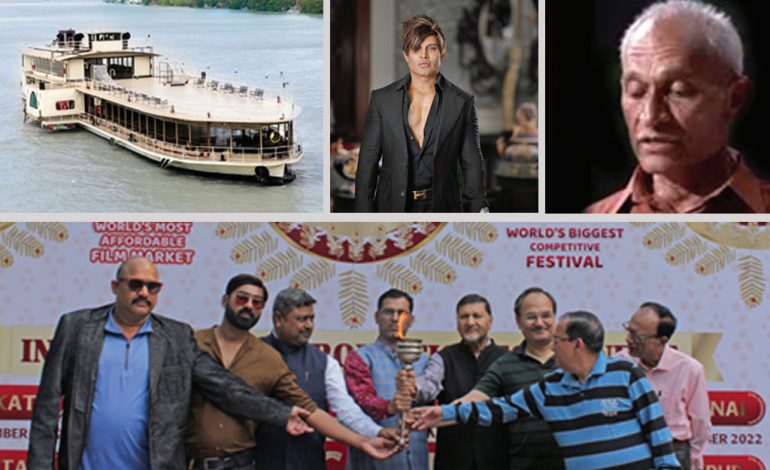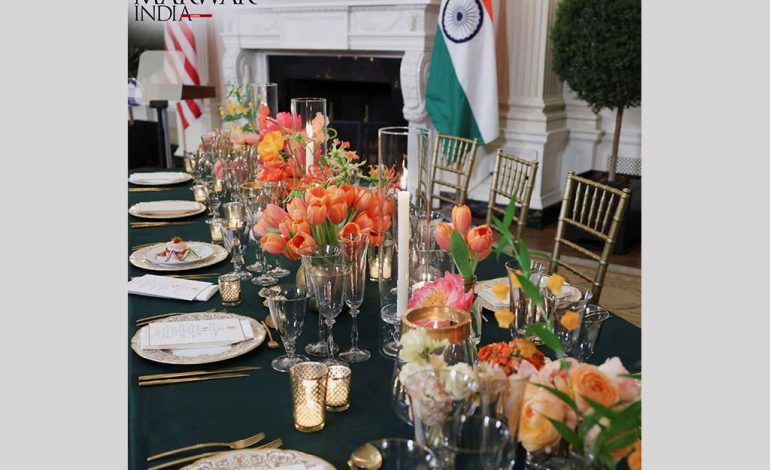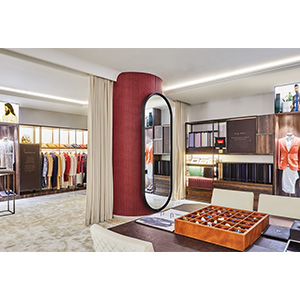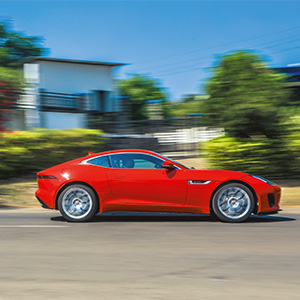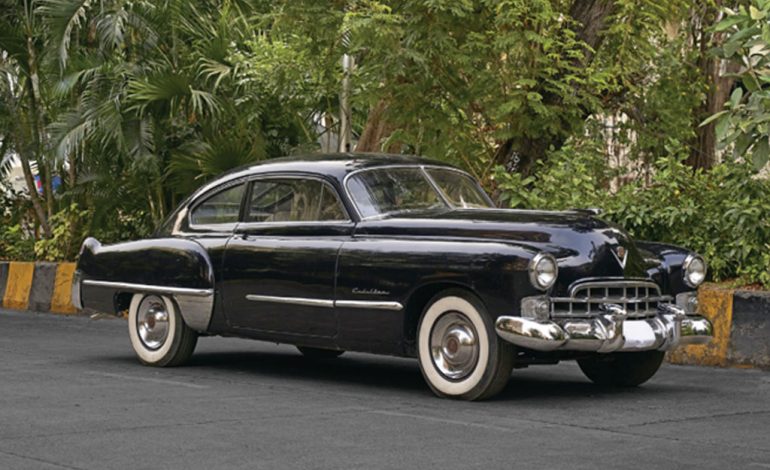
Art on Wheels
The timelessness of vintage wheels transports you to the erstwhile maharajas and maharanis of the royal era. In this issue, MARWAR walks you through the old-world charm of vintage wheels to experience its grandeur and cultural opulence.
When it comes to vintage and classic wheels, India has a rich heritage owing to the opulent lives of the erstwhile royal maharajas and maharanis who were often the connoisseurs of automotive perfection. As history goes, between 1908 and 1939, Indian maharajas owned about 900 Rolls Royces’ which made them the biggest customers of the brand in those days. The fact that several of those exotic and rare vintage cars are still preserved by the families across the country is a testimony to the wide ranging legacy that has been meticulously preserved and protected to remain as India’s illustrious car heritage. On that note, we take you back to a highly impressive line-up of classic cars of India that exude an old-world charm and make a huge impact on automobile aficionados with their flawless mechanism.
Rolls Royce Silver Wraith 1947
The England of the post-war (World War II) era had more urgent requirements than luxury motor cars. The economy had suffered and production was severely handicapped by shortage of raw materials. Further, the high priced, high quality car had become subject to a prohibitive purchase tax. To add to the misery, petrol was rationed and only available on coupons. Rolls Royce, therefore, approached the subject of production of the Silver Wraith with not only hesitation but great care. The Silver Wraith launched in 1947 was an evolution of the pre-war Wraith and was offered in the traditional chassis form. Following their pre-war tradition of manufacturing a rolling chassis only, Rolls Royce delivered these cars to be bodied by independent coach builders. The 4,257cc overhead-inlet, side-exhaust engine developed before the war as well as a modified coil and wishbone independent front suspension was used. Hydraulic brakes were also used for the first time on a Rolls Royce. The Silver Wraith outlived the Mark VI and, in fact, survived until 1959 having been modernised step by step with vital improvements like automatic gearbox becoming an option in 1952 and power assisted steering in 1956. The engine capability was increased to 4,566 cc in 1951 and in 1954 it was further upgraded to 4,887 cc.
Highlight: The Silver Wraith was the last Rolls Royce model to show a vast variety of coach work styles.

Mercedes-Benz 230 S 1966
The 230 S at the time of its launch was deemed as the epitome of style and comfort with its signature ‘fin-tail’ and comfortable interiors. The Mercedes-Benz 230 S belongs to the Mercedes Benz W111 series which was a chassis code given to their top-of-the-line models produced between the years 1959 and 1971. However, the presented fourdoor sedan with its signature fin-tails was produced only till the year 1968. The 230 S was designed as a replacement for the 220 B.
The 2.2-litre engine that was mounted in its predecessor was enhanced with a wider bore and higher compression so the performance could be boosted by 10 horsepower (hp), hereby powering it with 120 hp opposed to the previous output of 110 hp. This also implied that the modified 6 -cylinder engine, along with the twin zenith carburettor of the 230 S could attain a top speed of 175 kmph.
The hydro-pneumatic self-levelling suspension of the rear axle, replacing the former coil spring and keeping the body level constant independent from vehicle load capacity, was also an additional update. The production of the 230 S was discontinued in January 1968 and a total of only 41,107 cars produced. Furthermore, the car’s paint job has been aesthetically restored in accordance with Mercedes-Benz approved ‘501M’ colour code.
Highlight: The incorporated fin-tails lent a futuristic look to the car and led to record levels of sales worldwide

Cadillac Series 61 1948
A desirable classic, this two-door sedan functions with its original engine and drive train. It is also considered very rare because of its body style, since there is only a handful believed to exist in India. This car truly defines and reflects the grandeur of Cadillac’s legacy and its flamboyance is further accentuated by its 2+2 seating arrangement. It was launched in 1948, and was inspired by the aircraft look. The Series 61 model was also the first Cadillac to get tail fins; this addition gave the car a sporty aura. The Series 61 Cadillac had a slightly shortened wheelbase, but the track width was increased by two inches, increasing interior room. Powered by the classic 346 CID flathead V8 that was adopted in 1941, the new Cadillac models were upgraded with Hydra-matic transmission, which eventually became the industry norm.
Highlight: Designed by Harley Earl, the car is indeed a creation of Art on Wheels.
Chevrolet Styleline Deluxe 1951
Built with precision, the Chevrolet Styleline model functioned with updated power, with the arrival of Powerglide two-speed automatic. This gave the Chevy Six increased displacement along with 15 per cent more horsepower. Advertisements at the time indicated that the new Chevrolet Styleline and Fleetline models were ‘more beautiful than ever’. The vehicle continued as before with a 105 hp, 235.5-cubic-inch engine for those that came with Powerglide. In 1949, all the Chevrolets got the first new styling after the war. The Deluxe was the brand new upper-end model for Chevrolet. After the end of the 1952 model year, the old nameplates, Special and Deluxe were retired, and changed to 150 and 210, respectively. The exterior sported smooth curves with chrome and stainless trim. The interior had cloth bench seats and a metal dashboard, sometimes with a simulated burl wood grain.
Highlight: The Chevrolet Styleline was considered to be among the best-looking GM products produced.

Vanden Plas Princess 1961
This car can accommodate a party of seven and features a division that segments the driving compartment from the rear, ensuring privacy in this chauffeur-driven limousine. Furthermore, the limousine features two occasional seats that fold out of the floor. The car commands attention and its stylistic treatment reflects the manufacturer’s intent to produce a limousine that befits the revered stature of its owner. Initially, the brand was called Austin Princess, however, post July 1960, it got re-branded as Vanden Plas Princess. The torque of the 6-cylinder OHV engine ensures that the momentum of the vehicle is steady. The front suspension consists of an independent coil, whereas the rear has semi-elliptic leaf springs and anti-roll bar. The Vanden Plas Princess Limousine was a highly desirable car of its time.
Highlight: Along with its attractive features, the fact that it was built by hand made it highly sought after.
(The writer is Specialist–Automobile at Astaguru Auction House, Mumbai;
Photos By Astaguru Auction House)

